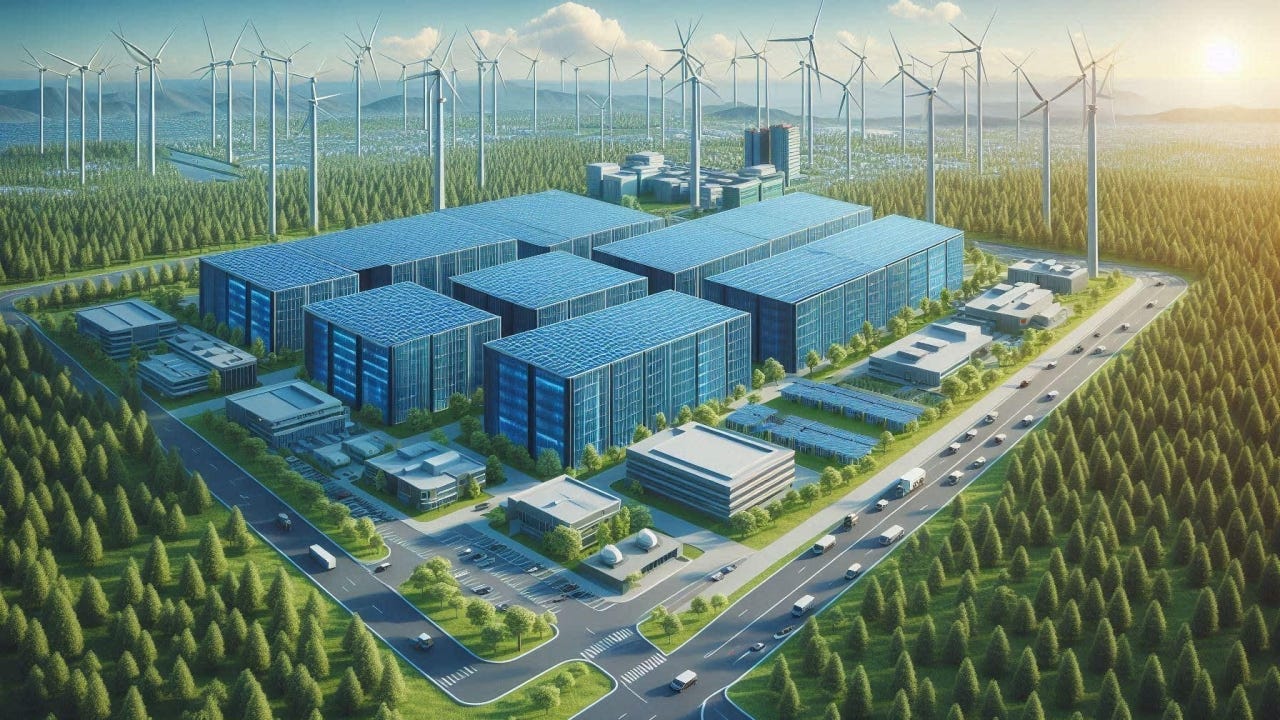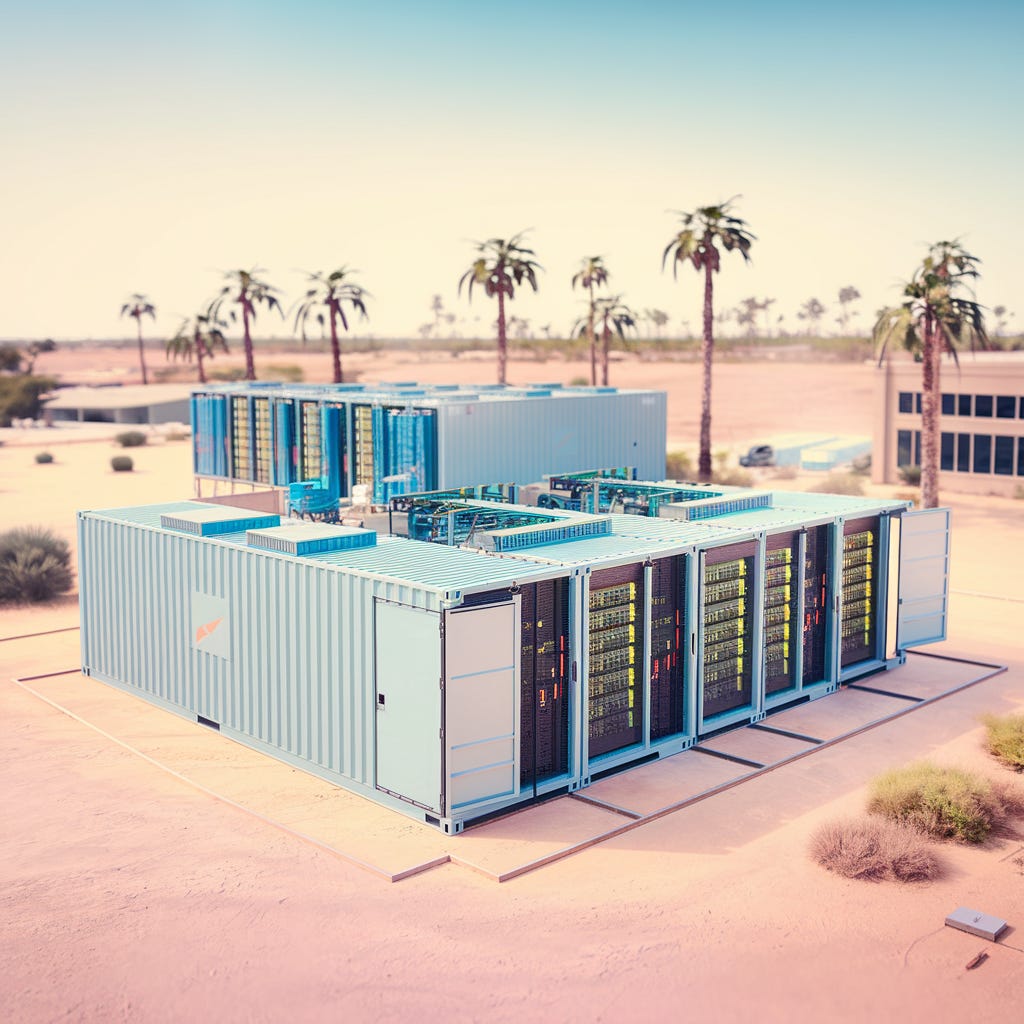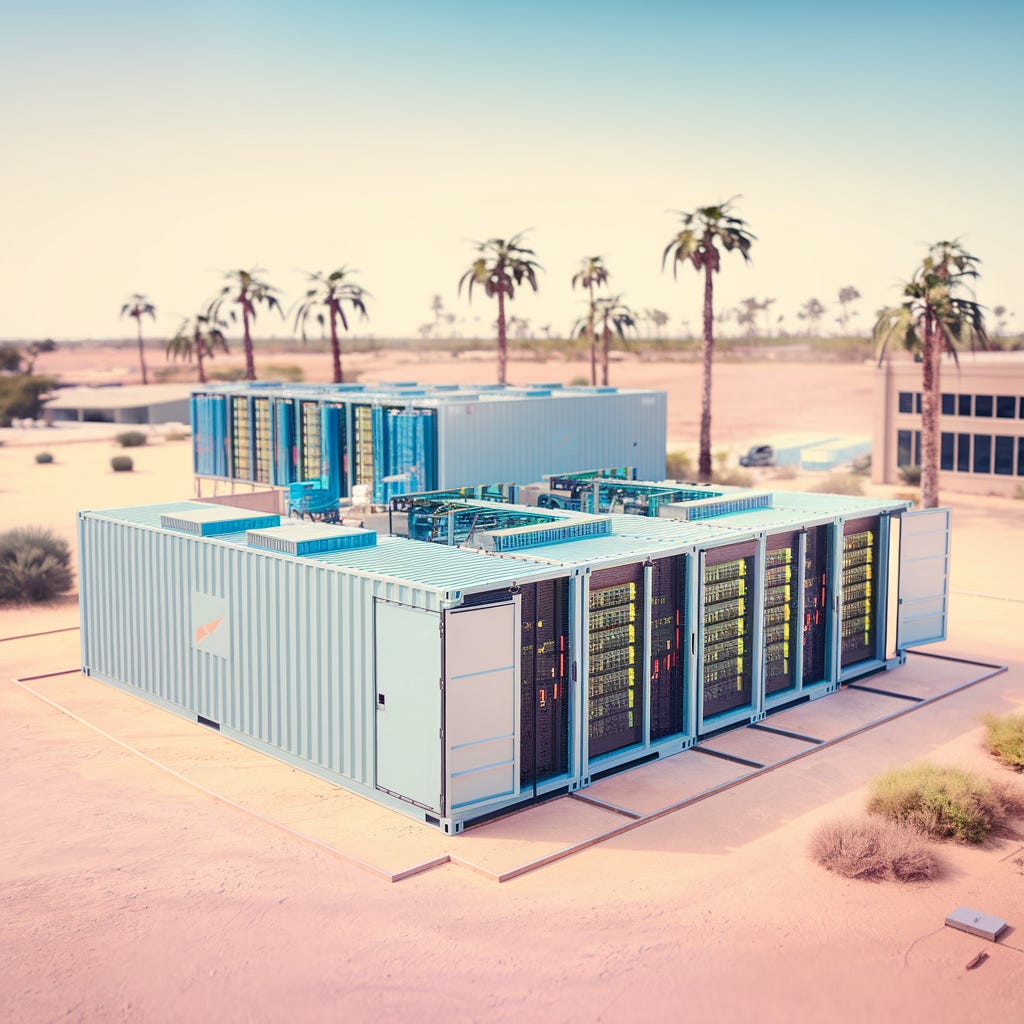Digital infrastructure expansion continues to accelerate in 2025, with the global data center market projected to reach $517.2 billion by 2030.
Southeast Asia's digital economy alone is expected to reach $1 trillion by 2030, highlighting the scale of growth across emerging markets.
This analysis examines the key trends shaping investment opportunities and operational strategies in the evolving data center landscape.
Regional Market Developments
North American Market
Power availability remains the primary factor influencing site selection in North America, where data center energy consumption is expected to reach 139 billion kilowatt-hours annually by 2025.
Development activity is expanding beyond traditional hubs into new territories, particularly in the central United States where wind power resources are abundant.
The region now hosts over 2,700 data centers, with concentrated growth in emerging submarkets.
Development continues in the Southeast region, where power consumption by data centers has increased by 45% since 2021.
The Upper Midwest, particularly Minneapolis, projects 15% annual growth in data center capacity.
Southwest expansion persists in Phoenix and Dallas, with these markets adding over 500MW of capacity in 2024 alone.
Southeast Asian Market
Singapore, Malaysia, Indonesia, and Thailand lead regional growth in Southeast Asia.
Hyperscale deployments dominate in Singapore and Jakarta, though space and energy constraints in Singapore drive development to alternative locations like Batam, Johor, and Bangkok.
Secondary markets including Vietnam and the Philippines show accelerating growth due to lower operational costs and supportive regulatory frameworks.
The region's Green Data Center Strategy shapes development, with countries like Malaysia offering solar incentives.
Power availability challenges in markets like Indonesia drive investments in private power generation and geographic diversification strategies.
Middle East and North Africa
The UAE, Saudi Arabia, and Egypt demonstrate substantial growth potential, driven by Vision 2030 initiatives and digital transformation projects.
Deployment sizes continue to increase, particularly in Saudi Arabia and the UAE, supported by significant hyperscale investments. Solar energy powers innovative developments like Masdar City and NEOM.
Egypt and Morocco emerge as data center hubs, leveraging their strategic locations and growing connectivity infrastructure.
Smart city projects, increased cloud adoption, and AI-driven government services fuel demand growth across the region.
Eastern European Developments
Poland and Hungary lead regional growth, benefiting from EU membership and proximity to Western European markets.
Rising demand for AI services and edge computing drives development, though infrastructure bottlenecks limit large-scale builds. Smaller markets like Romania and the Baltic states gain traction through lower operational costs.
Power solutions present challenges, with coal dependence in some areas slowing renewable energy adoption. EU-backed funding supports growth in stable countries, while economic and political uncertainty affects others.
African Market Evolution
South Africa, Kenya, and Nigeria show significant growth potential, driven by increased internet usage and government support for digital initiatives.
Kenya's leadership in geothermal power reduces grid dependence, while partnerships with global technology providers enhance regional credibility.
Secondary markets including Ghana and Rwanda emerge through proactive government policies and tech-friendly ecosystems.
Fintech, e-commerce, and video streaming services drive demand growth, though deployment sizes remain modest due to infrastructure constraints.
Latin American Expansion
Brazil's 97% renewable energy utilization leads regional development, with significant growth in hyperscale deployments.
Chile's established solar energy sector provides a blueprint for regional power solutions, while Mexico's secondary markets offer cost advantages and development opportunities.
Coastal regions, particularly northern Brazil and western Mexico, attract development due to proximity to undersea cables and urban centers. AI applications and cloud adoption drive demand growth, though political stability and energy constraints affect market credibility.
Infrastructure Requirements
Power Solutions
Renewable energy adoption varies significantly by region, with solar dominating in MENA and geothermal showing promise in markets like Kenya.
Grid reliability challenges drive private power generation investments, particularly in Southeast Asia and Latin America.
Natural gas solutions gain acceptance as bridge power sources in markets with limited renewable infrastructure.
Cooling Technologies
Advanced cooling systems address increasing power densities, with modern facilities operating at power usage effectiveness (PUE) ratios averaging 1.3.
Regional climate conditions significantly influence cooling strategies and operational costs, with tropical regions requiring more robust solutions.
Market Economics
Development Costs
Construction expenses vary up to 300% between regions, influenced by local labor markets and infrastructure requirements.
Technology specifications for AI-ready facilities add 30-40% premium to standard builds. Infrastructure improvements require capital investments averaging $8-12 million per MW of capacity.
Pricing Trends
Lease rates demonstrate 15-20% variation across regions, reflecting local supply-demand dynamics.
Power-constrained markets command 25-35% premium pricing for AI-ready facilities. Development costs flow through to pricing models, supporting 8-12% annual rate increases.
Implementation Strategies
Site Selection
Power availability drives primary site selection decisions, with 70% of new developments citing it as the crucial factor.
Secondary considerations include network connectivity, particularly proximity to undersea cables in coastal regions. Development timelines average 18-24 months for new facilities.
Risk Management
Geographic diversification helps mitigate regional risks, with operators maintaining presence across multiple markets.
Political stability, regulatory frameworks, and infrastructure reliability influence risk assessment. Environmental compliance demands vary significantly by region.
Future Outlook
The data center industry continues to present significant opportunities in 2025, with growth driven by digital transformation initiatives across all regions.
Success requires careful attention to local market conditions, power availability, and operational capabilities.
Organizations that develop comprehensive strategies while maintaining operational flexibility will be best positioned to capture value in this sector.





This is absolutely spot on - not only in SA, but across developed and developing markets. DC used to crowd the fibre nodes, now we'll crowd the power supply. The AI race is on—but the future belongs to those who can power it. ⚡
Excellent summary! I am new to the industry and found this post very helpful in calibrating myself